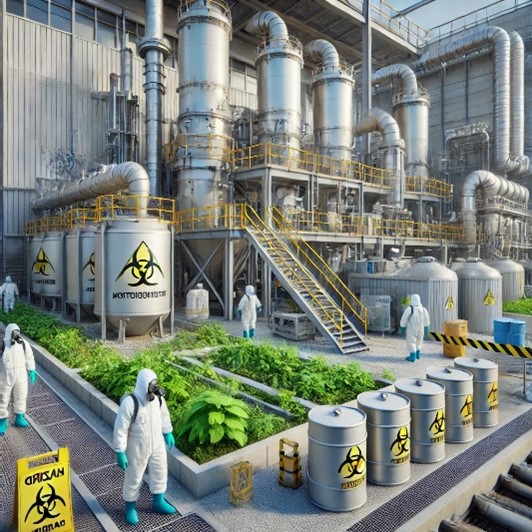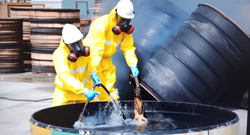Toxic Waste Treatment


Toxic waste treatment refers to the processes used to safely manage and neutralize hazardous waste materials that pose a significant risk to human health, wildlife, and the environment. Toxic waste typically includes chemicals, heavy metals, radioactive substances, and other dangerous compounds produced by industries, hospitals, research labs, and households. The treatment of such waste involves several methods:
Identification and Classification
- Toxic waste is first identified and classified according to its chemical composition, toxicity level, and physical state (solid, liquid, or gas). Proper classification is essential to determine the most appropriate treatment method.
Physical Treatment
- Filtration: Solids are separated from liquids using filters.
- Sedimentation: Allows solids to settle at the bottom of tanks for removal.
- Distillation: Volatile compounds are separated based on their boiling points.
Chemical Treatment
- Neutralization: Acids or bases in toxic waste are treated with alkaline or acidic chemicals to neutralize them.
- Oxidation and Reduction: Harmful substances are chemically transformed into less toxic or non-toxic forms. For example, toxic metals can be converted into less harmful states using reducing agents.
- Precipitation: Chemicals are added to wastewater to form solid precipitates, which can then be removed.
Additional Evidence
For more information, you can view additional resources here: Additional Evidence Link